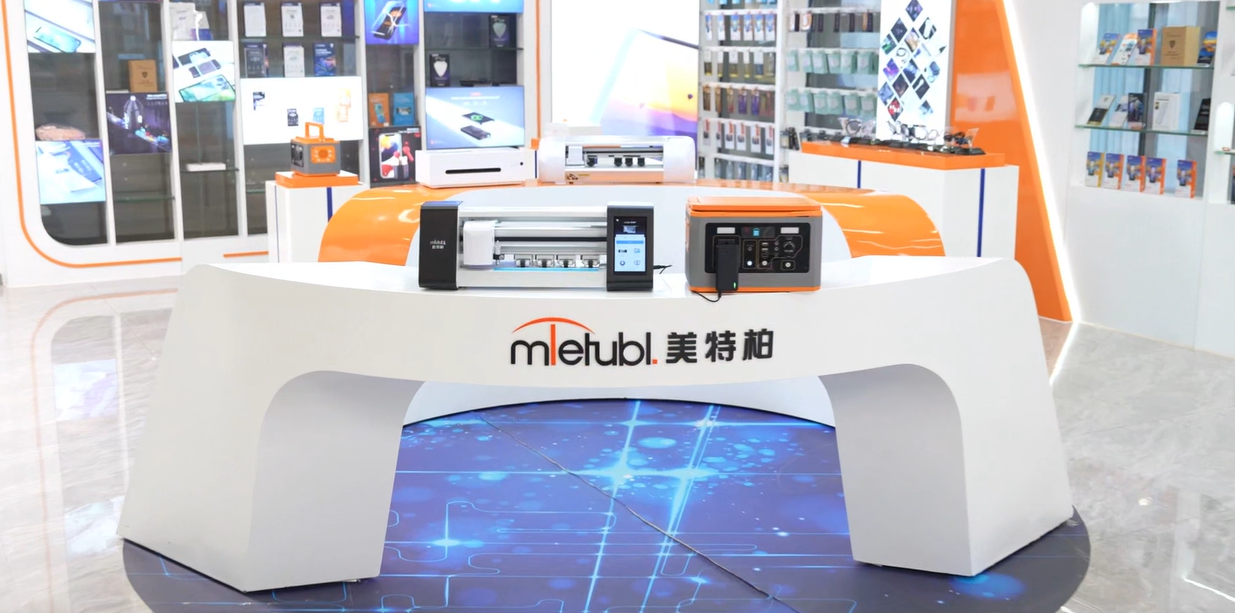
MIETUBL Brand Overview
MIETUBL is a brand originating from China and thriving through China’s intelligent manufacturing. It is committed to providing high-quality mobile accessories and related products to global consumers. Since its inception in 1998, the brand has followed the trends of the times, focusing on resource integration and building a symbiotic and shared industry ecosystem, enabling global consumers to conveniently access quality products that enhance their lives.
By continuously innovating and diversifying its product offerings, MIETUBL has achieved significant success in the mobile accessory industry. As a brand driven by customer value and innovation, MIETUBL has expanded into various product applications while accumulating rich industry experience and establishing a stable customer base. Headquartered in Zengcheng, Guangzhou, the company has strategically positioned itself within the mobile accessory industry, integrating high-quality production resources and aiming for a win-win business model.
Core Values and Development Vision:
-
Customer-Centric: MIETUBL always prioritizes customer needs, continually enhancing product quality and consumer experience through innovation and technological research and development.
-
Resource Integration and Industry Symbiosis: By integrating industry resources, MIETUBL creates a symbiotic, shared industry ecosystem, connecting global distributors and consumers, and promoting mutual growth across the value chain.
-
Global Vision: MIETUBL is committed to bringing Chinese manufacturing to the world, providing global consumers with high-quality, innovative mobile accessories, while offering profitable opportunities for distributors.
MIETUBL’s long-term vision is to continually enhance its products through innovation and quality, establishing “MIETUBL” as a globally trusted brand, recognized in markets around the world.
PRODUCTS
Why Tempering Glass Is the Future of Modern Windows
Unmatched Safety and Security
Perhaps the most compelling argument for tempered glass is its superior safety features. Unlike annealed glass, which shatters into sharp, jagged pieces upon impact, tempered glass breaks into relatively harmless, granular fragments. This significantly reduces the risk of serious injury in case of accidental breakage, making it an ideal choice for homes with children and pets, as well as high-traffic areas like commercial buildings. This enhanced safety extends beyond impact resistance. Tempered glass also offers greater resistance to forced entry, providing an added layer of security to homes and businesses.
The safety benefits extend beyond the fragmentation pattern. Tempered glass possesses a higher tensile strength than annealed glass, meaning it can withstand significantly greater stress before breaking. This translates to a more resilient window that's less prone to damage from wind, hail, or other environmental factors. This durability not only reduces the frequency of replacements but also contributes to long-term cost savings.
Enhanced Durability and Longevity
The increased durability of tempered glass translates directly into a longer lifespan for windows. Its resistance to cracking, chipping, and shattering ensures that windows maintain their structural integrity for a longer period. This longevity reduces the need for frequent repairs or replacements, representing significant cost savings over the lifetime of the building.
Furthermore, tempered glass exhibits superior resistance to thermal stress. Its ability to withstand rapid temperature fluctuations makes it particularly well-suited for climates with extreme temperature variations. This resistance reduces the risk of thermal breakage, a common problem with annealed glass, further contributing to its enhanced durability and extended lifespan.
Improved Energy Efficiency
Modern building design increasingly emphasizes energy efficiency. Tempered glass plays a significant role in achieving these goals. Its inherent strength allows for the use of thinner glass panes without compromising structural integrity. This thinner profile can lead to improved insulation properties, reducing heat transfer and lowering energy consumption for both heating and cooling.
Moreover, tempered glass can be easily combined with other energy-efficient technologies like low-E coatings. These coatings further enhance the glass's insulation properties, minimizing heat loss in winter and heat gain in summer. This integration of tempered glass with other energy-saving solutions creates a highly efficient window system that contributes to substantial reductions in energy bills and a smaller carbon footprint.
Versatility and Design Flexibility
Despite its enhanced strength, tempered glass offers considerable design flexibility. It can be easily cut, shaped, and laminated to create a wide range of window styles, accommodating diverse architectural designs. This adaptability means that tempered glass can be seamlessly integrated into both modern and traditional building aesthetics, without compromising on safety or performance.
Furthermore, the enhanced durability of tempered glass allows for the creation of larger, more expansive windows without sacrificing safety. This opens up new possibilities for architectural design, allowing for the incorporation of floor-to-ceiling windows and other innovative design features that maximize natural light and enhance the visual appeal of a space.
In conclusion, the numerous advantages of tempered glass – enhanced safety, superior durability, improved energy efficiency, and versatile design capabilities – make it a compelling choice for modern window construction. It's not merely a superior alternative to annealed glass; it's a fundamental shift towards a more sustainable, safer, and aesthetically pleasing building future.
SUBSCRIBE
INQUIRY